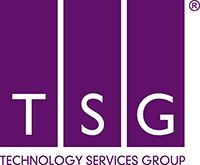OMG – SharePoint EOL announced???
Microsoft is ceasing investment in SharePoint and has an end-of-life plan in place.
Or so you may have been led to believe. But, of course, that’s not true.
Twice in the past month I have been in meetings (both organisations were in the same business sector) where senior IT personnel referred to the demise of SharePoint. Obviously, this is complete and utter poppycock and fuelled by competitors peddling out-of-date, legacy products.
Microsoft is fully committed to SharePoint, there are no ifs or buts about that.
Why is that the case? Well, aside from it becoming a credible modern intranet and a critical element of solutions built on the Microsoft Power Platform (SharePoint, PowerApps, Flow, Power BI and Azure), it is becoming the default enterprise EDRM (electronic document and records management) platform for the modern business.
Modern EDRM is not just about storing content in a logical structure and applying permissions (frankly, any credible Microsoft partner should be able to help on this element), however more stringent compliance and governance regulations mean storage is just a part of the modern EDRM. Thankfully, this is where Office 365 flexes its muscles to support the modern business.
We now must consider some, or all, of the following:
How do I recognise content (email, documents, chats etc) that are sensitive?
In Office 365, you can define sensitive information types (sort codes, account numbers, specific phrases etc.) and use policies to recognise relevant content.
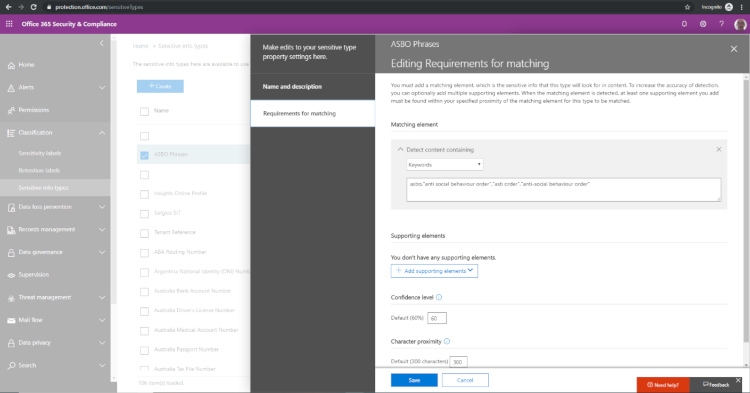
How do I prevent content from being incorrectly shared?
In O365 you can define data loss prevention (DLP) policies to prevent emailing, downloading etc. of sensitive content.
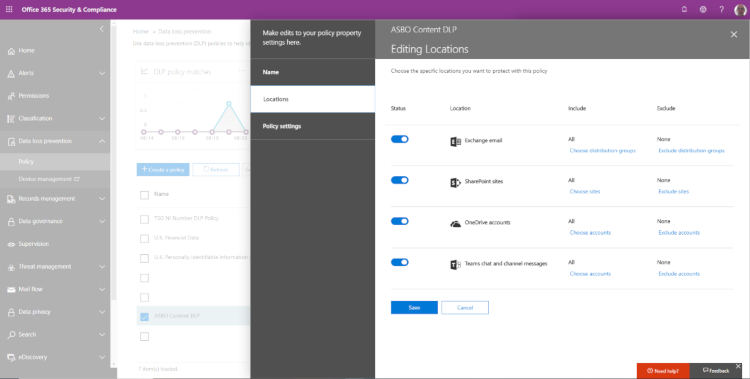
How do I ensure I am not illegally retaining content?
In Office 365, you can define retention policies to ensure you are storing content in accordance with your compliance and governance regulations.
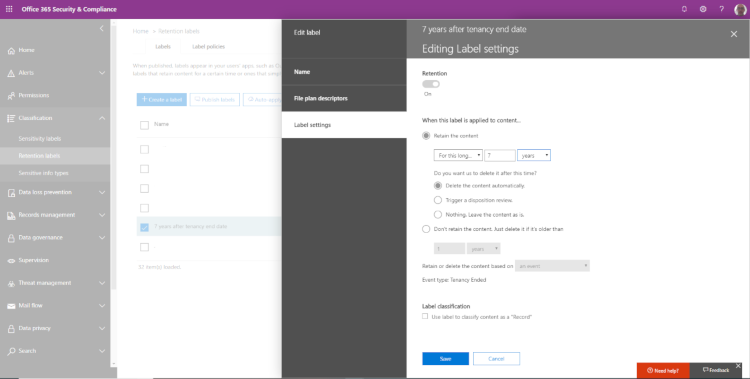
How do I give my employees, office or field-based, easy and governed access to content?
In Office 365, you can implement custom search experiences to allow content and metadata-driven search, or simply go to Internet Explorer or Bing.
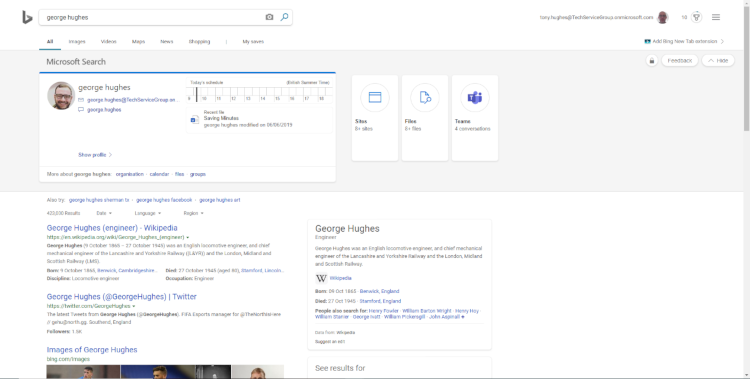
How do I undertake Subject Access Requests and GDPR tasks?
To be honest, I’m getting bored of saying it now, but just pick the relevant Office 365 Security and Compliance function 🙂
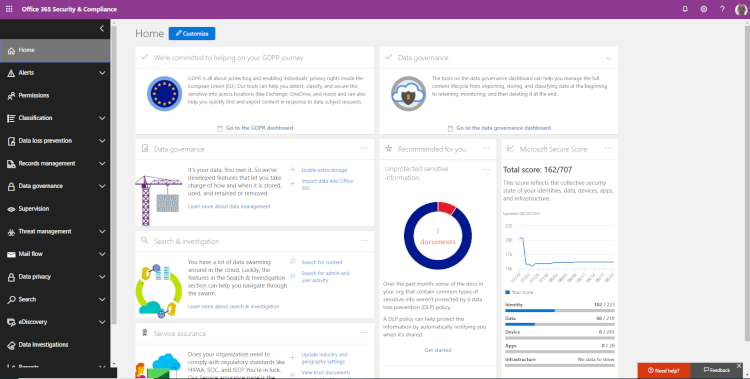
How do I reduce risk to my business?
Office 365 will never become a legacy application, and the more you embrace and implement Office 365 features, the more you improve your ability to adhere to regulations.
Now, I am not saying it’s all rosy in the Microsoft garden, but the feature horticulturalists are out there planting the seeds of new varieties and the shoots of these are poking through into the sunlight. The future is bright, the future is 365.
Remember there are those that know, those that don’t know and those that don’t know they don’t know.
So if one of the latter tells you SharePoint is dead, just ask them how their solutions manage sensitive information types, data loss prevention etc. on a single, compliant SaaS platform.
Do they have thousands of partners to provide support and innovation and an R&D budget running into the billions? Probably not.
We’ve been architecting SharePoint and Office 365 solutions since they launched, creating sector-specific solutions for heavily-regulated industries including social housing, and creating ground-breaking solutions on the Microsoft Power Platform which completely eliminate paper-based processes. And at the heart of all of these solutions is SharePoint.
To find out how we can help your business improve processes, achieve compliance and much more using the application which will never become a legacy, SharePoint, get in touch with our Office 365 experts today.
